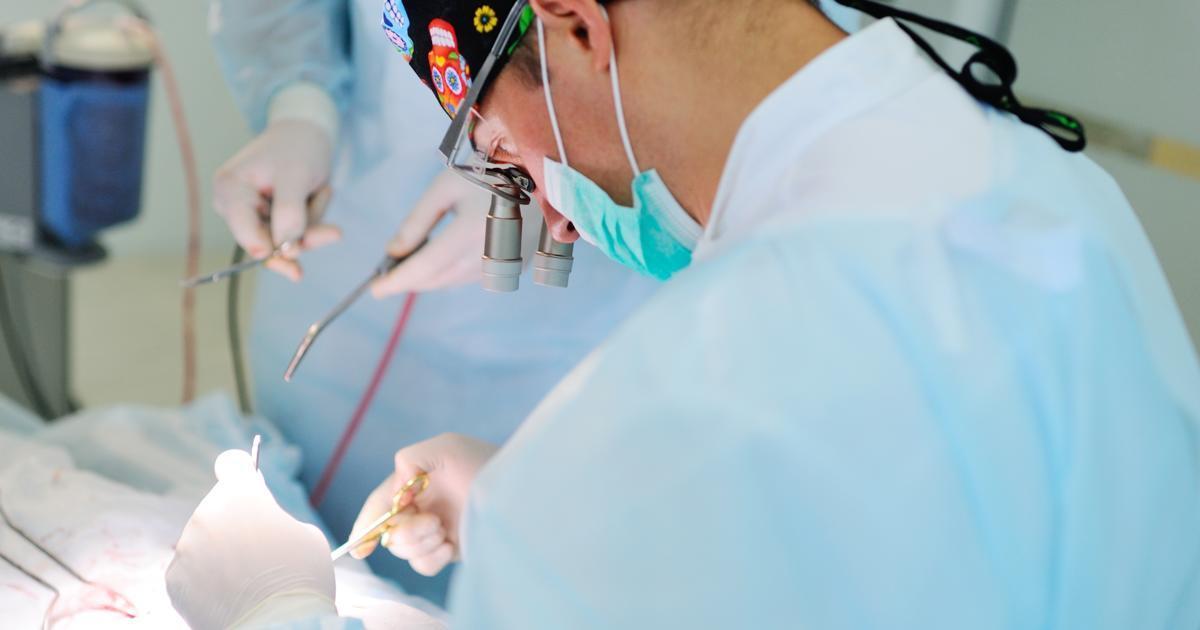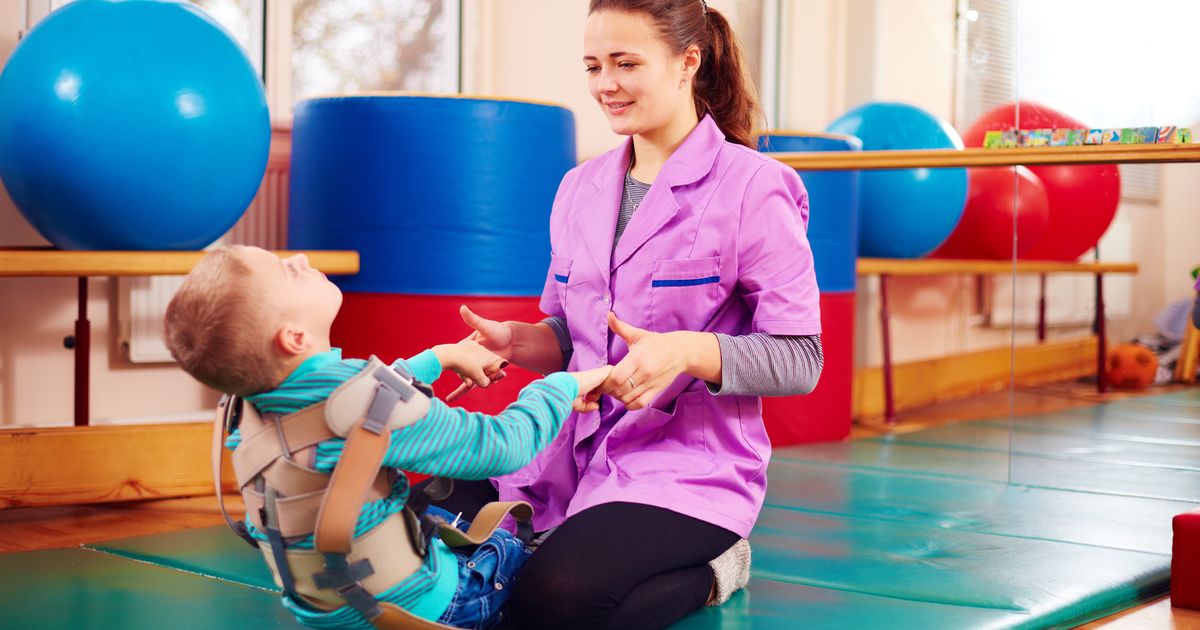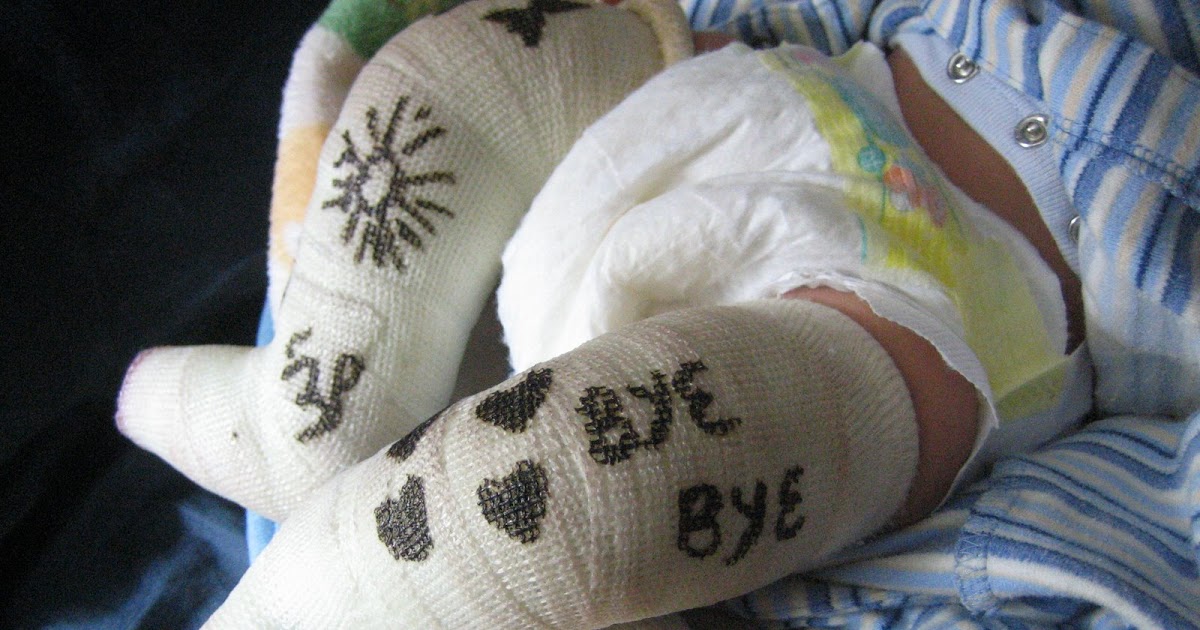Treating Campomelic Dysplasia
Campomelic dysplasia is a rare condition that involves bending of the bones. Although it is considered genetic, it is actually more common for two parents with no history to conceive a child with campomelic dysplasia. This is because it results from a new mutation that happens during conception. Anyone with an autosomal dominant genetic disorder has a 50/50 chance of passing on a genetic disorder such as this one. Symptoms of this condition include hip dislocation, club feet, eleven pairs of ribs, large head compared to body size, a cleft palate, and a small lower jaw. The genitalia is affected in many cases, with the external genitalia looking neither female or male. Additionally, the internal reproductive organs may not match the external genitalia. Learn about how campomelic dysplasia is treated now.
Cleft Palate Surgery

A cleft palate occurs the roof of the mouth does not fully form and close. This process usually occurs during the first few months the embryo is developing. When a cleft palate is present, breastfeeding can be difficult, hearing and speech problems can develop, and dental problems can result. Having cleft palate surgery can help with some of these symptoms. This operation is done by a team of specialists who have specialized in the craniofacial region. In many cases, a series of operations will be needed. The first generally occurs between six to twelve months of age, and the final surgery may not take place until the child is in their teens. At the first surgery, the main goal is to fix the palate to the point feeding becomes easier. This allows the child with campomelic dysplasia to gain weight easier and can reduce the number of ear infections.
Unveil the next treatment method for campomelic dysplasia now.
Hearing Aids

One of the main goals in treating campomelic dysplasia is helping the child have a normal and fulfilling life. One of the ways in which this can be accomplished is through the use of hearing aids, which can greatly increase their ability to communicate and socialize. Periodic hearing tests are important to monitor the level of hearing loss and to make adjustments to the hearing aids as needed. As technology advances, more effective options are becoming available, further improving quality of life. For some children, an assisted listening device or assisted listening system can greatly improve their hearing capability. In some cases, tubes for drainage will be needed in the ears as well as a device to help with the hearing. These tubes greatly reduce the number of ear infections.
Continue reading to learn about more treatment methods for campomelic dysplasia.
Spinal Deformity Treatment

Treating spinal deformities is essential for helping the child with this condition have a high quality of life. The most common type of spinal deformity treatment you will see for children is bracing. The brace will help support the spine and encourage it to grow straight. Whether or not this is enough for a child born with campomelic dysplasia will depend on the severity of the spinal deformity. Another option is to have a 'growing' rod surgically implanted into the child's back. These rods are a great option in some cases because they help support the spine without hindering it from growing. The rod is attached to the child's spine just above and below the curve. This treatment, while effective, does require follow-up visits every six months to adjust the rods. Sometimes, the rod needs to be replaced altogether if the child has outgrown it.
Get to know the next campomelic dysplasia treatment method now.
Splints And Casts

One of the more common symptoms of campomelic dysplasia, known as clubfoot, can be helped through the use of splints and casts. Casts are most effective for helping with a clubfoot when they are started very early on. Two weeks old is a good time to start due to the elasticity of ligaments at that point. After doing simple stretches, a cast is placed on the feet. The cast will extend from the toes up to the upper thigh, and the knees are left at a right angle. Every week these casts are removed, the stretches are repeated, and new casts are put on. The idea is that every time the casts are put on, the feet are closer to normal. The number of cycles to cure this issue can be anywhere from five casts to nine, depending on the level of flexibility present. After the casting phase is over, splints are used to maintain the results. They are worn all of the time for two to three months and then nightly for up to five years.
Learn about the surgery often used to help treat campomelic dysplasia next.
Orthopedic Surgery

Orthopedic surgery is often required to cure some of the symptoms of campomelic dysplasia. It is important for the child to see a team of specialists who are familiar with this condition and how it impacts the body. Orthopedic surgeons are experts who are trained to diagnose and help cure conditions of the musculoskeletal system. Surgeries can be performed to alleviate some of the more severe bone issues caused by campomelic dysplasia. Due to the fact the child is still growing, and will be for quite some time, frequent follow-up visits are needed after having surgeries to ensure everything is healing as it should. The goals of orthopedic surgery include correcting deformity, maximizing mobility, and improving the child's overall quality of life.